PAINTINGS
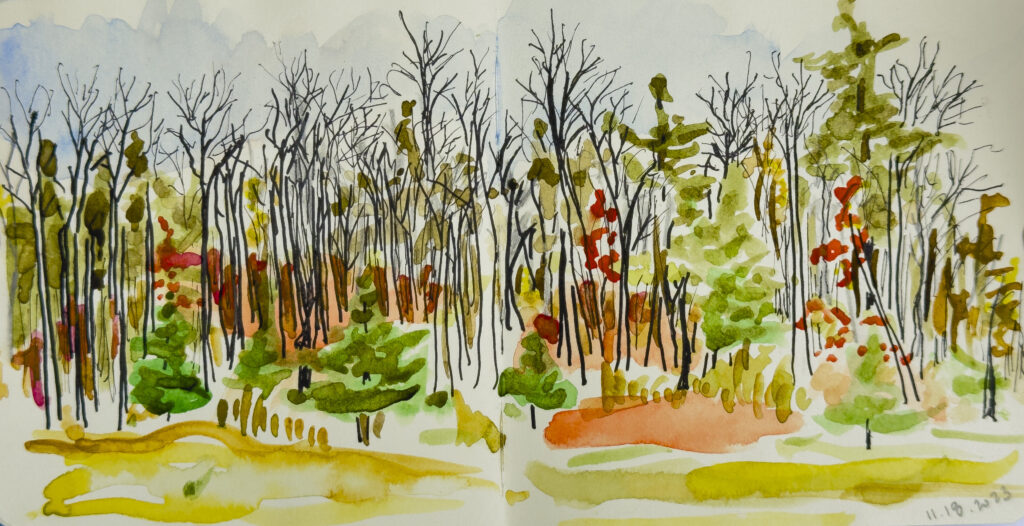
Quebec Glade – November 2023. Natasha Royka
Watercolor, graphite and pen on paper.

Woad 2021 Natasha Royka
Watercolor and graphite on paper.
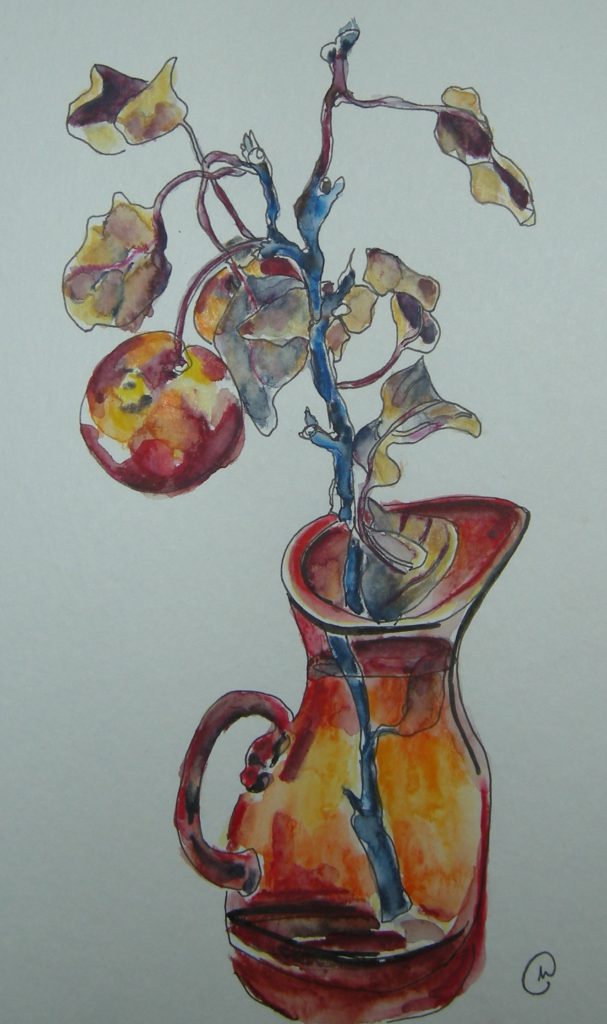
Election Day 2020 Natasha Royka
Watercolor and graphite on paper.
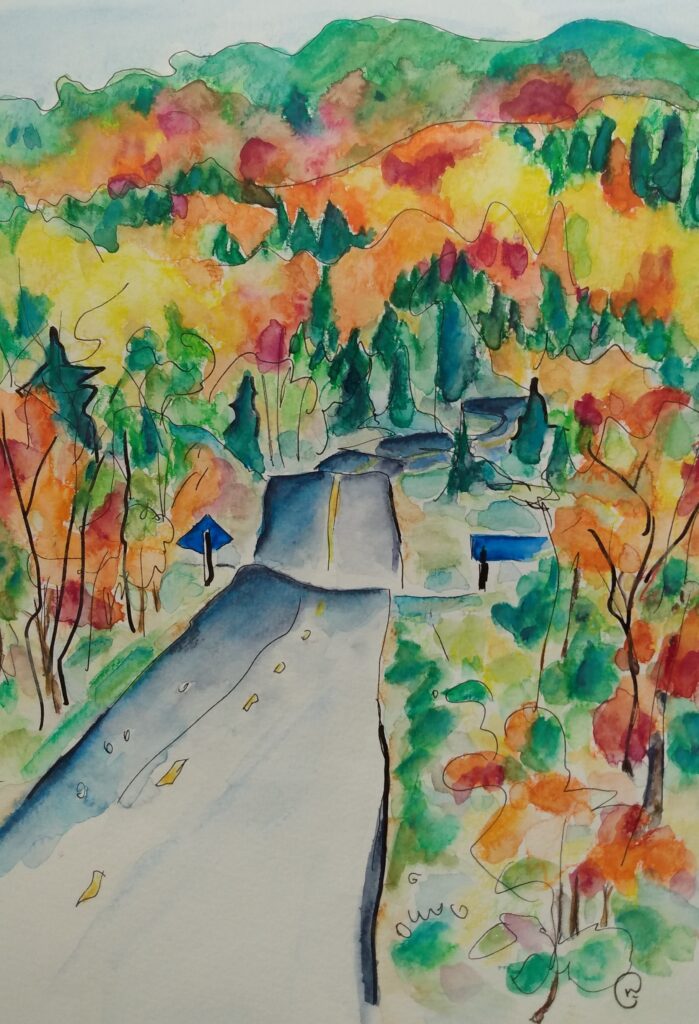
New Brunswick Road 2019 Natasha Royka
Watercolor and graphite on paper.
DRAWINGS

Dandelion Tea 2024 Natasha Royka
Crayon, graphite and pen on paper
SKETCHBOOK
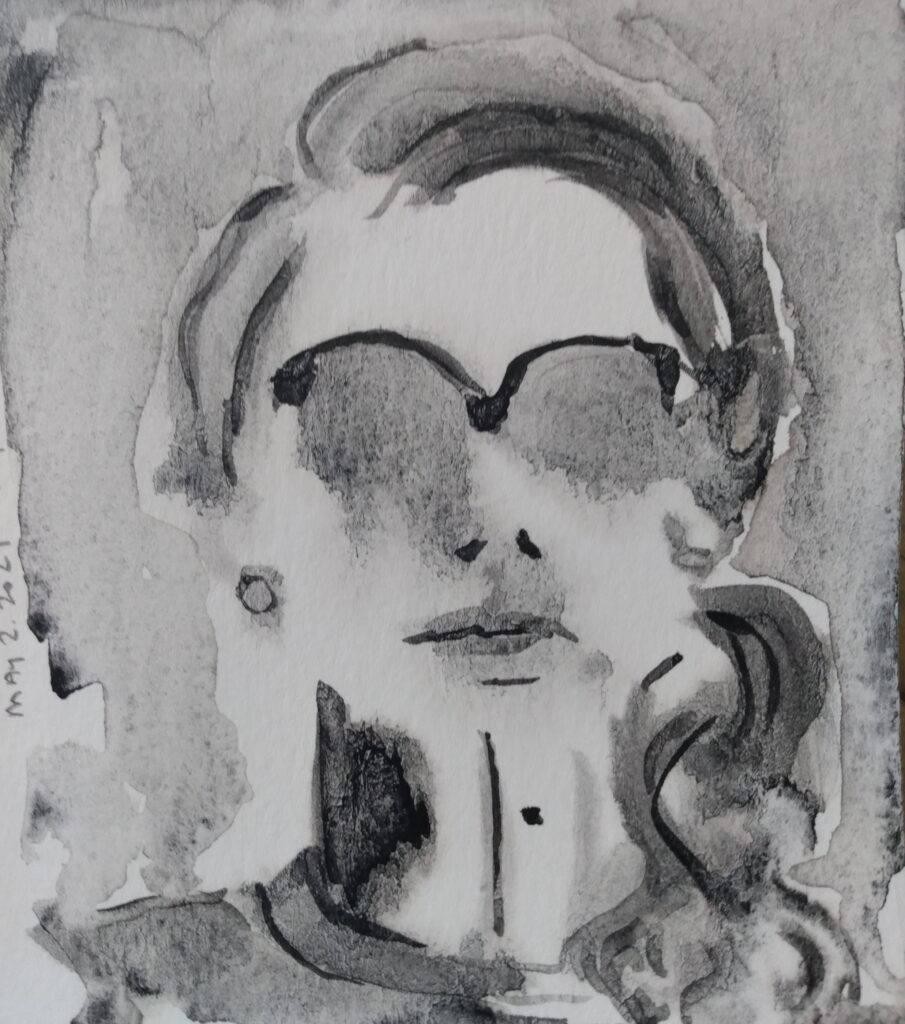
Self-portrait 2024 Natasha Royka Charcoal paint and pen on paper.

Color + Line = Energy 2024 Natasha Royka Watercolor & pen on paper.

Ocean Beach Energy 2024 Natasha Royka Watercolor & pen on paper.
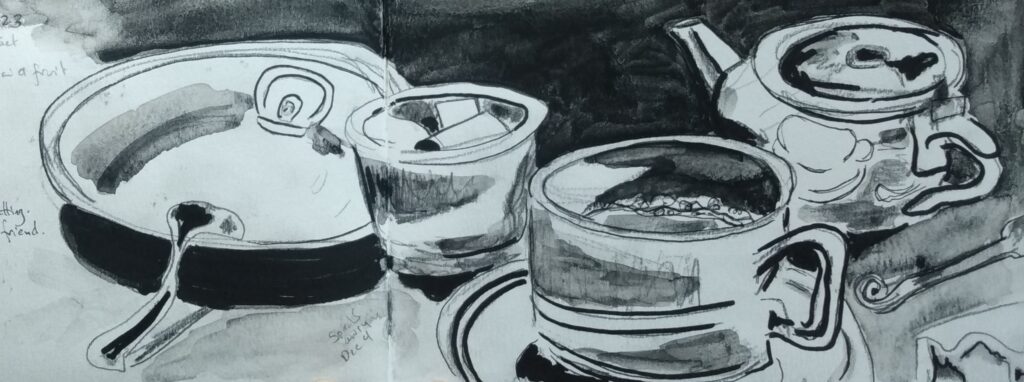
Mariette’s Lunch 2023 Natasha Royka Graphite, pen and charcoal on paper.

Still Morning 2021 Natasha Royka Graphite and pen on paper.
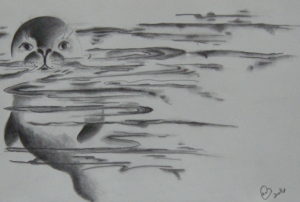
Baby Seal 2016 Natasha Royka Graphite on paper.
DANCE
INSTUDIO CHOREOGRAPHY
PRACTICE
NATASHA’S PHILOSOPHY OF ART EDUCATION
Visual art education is a field where “a variety of approaches to teaching and learning in art and design ought to be promoted” (Steers, 2007, p. 150). Through the representation of different approaches, both historical and contemporary, the individual student’s unique expression and voice can be nurtured and enhanced. Curriculum integration with other arts and academic disciplines, such as dance choreography craft and language arts, engages the students both in body and spirit. These class offerings are a point of entry into experiences that provide valuable life skills such as critical thinking and familiarity with creative thought processes.
La Porte, Speirs, & Young (2008) write “Examining the student issues revealed from qualitative data (why teachers can’t implement curriculum and what influences their curriculum the most), the attitudes, interests, and needs of the students were prime factors” (p. 366). The creation of engaging curriculum relevant to students’ lives is imperative throughout the K-12 grades. Through this engagement, 21st century themes, innovation skills, and artistic processes are presented offering students the opportunity for growth as creative individuals, as well as responsible, thoughtful citizens.
Eger (2008) asserts that “The demand for a new workforce to meet the challenges of a global knowledge economy is rapidly increasing” (para. 1). Art education, with its ability to nurture process, curiosity, and creativity is a fundamental force in preparing students for the 21st century.
References
Eger, J. M. (2008). The Arts in Contemporary Education. School Administrator, 65(3), 32-35.
La Porte, A. M., Speirs, P., & Young, B. (2008). Art curriculum influences: A national survey. Studies in Art Education: A Journal of Issues and Research in Art Education, 49(4), 358-370.
Steers, J. (2007). The ever-expanding art curriculum – is it teachable or sustainable? International Journal of Education through Art, 3(2), 141-153.
